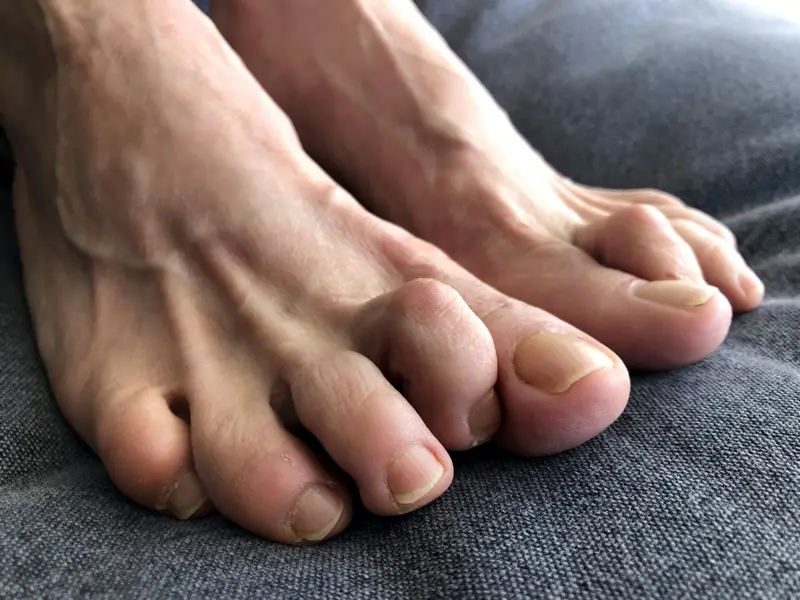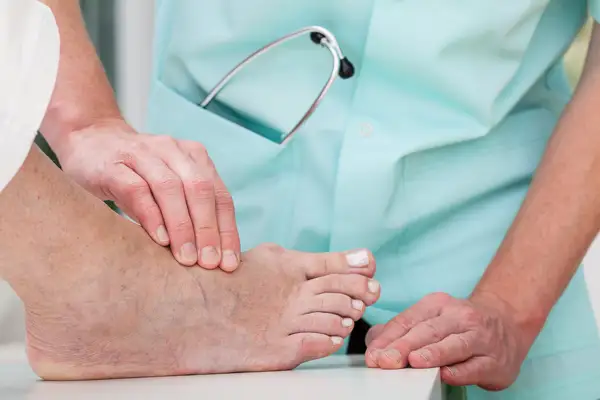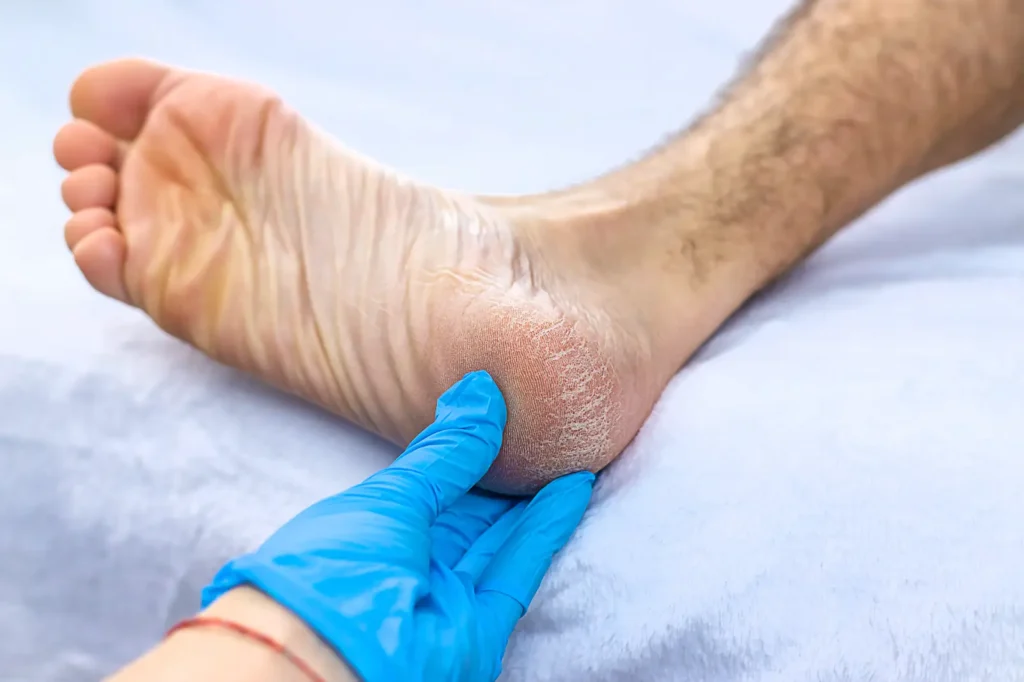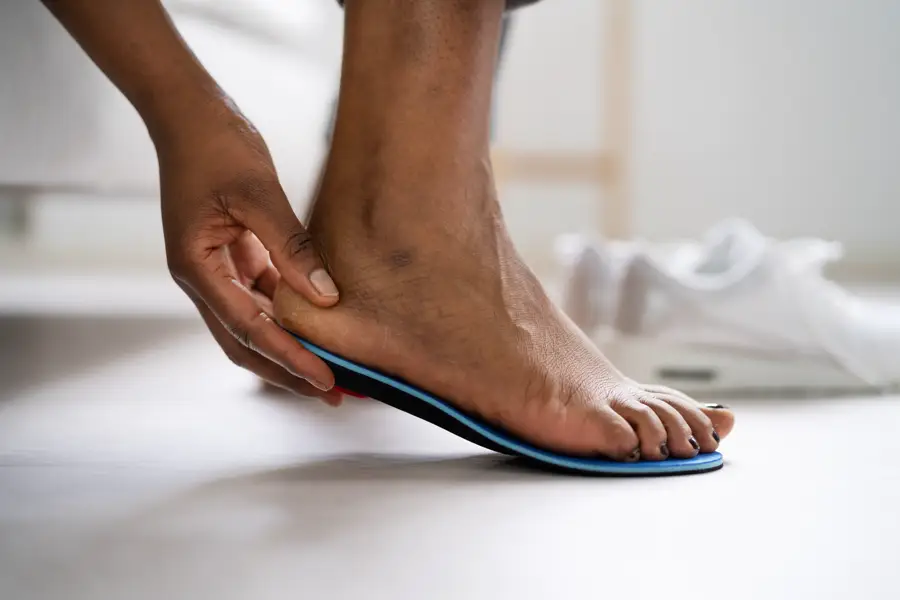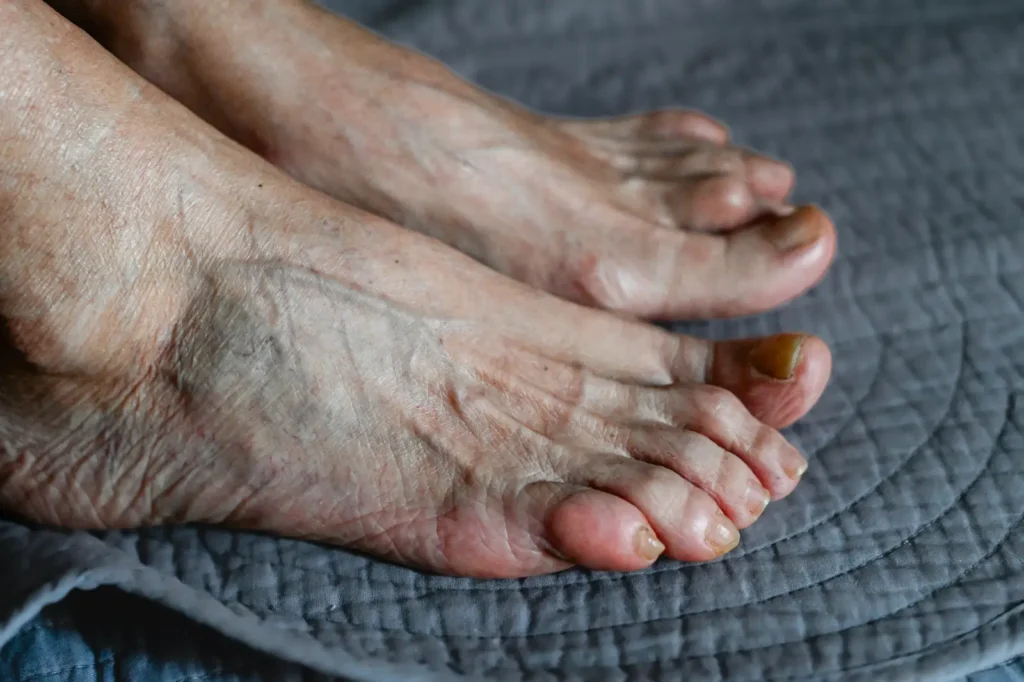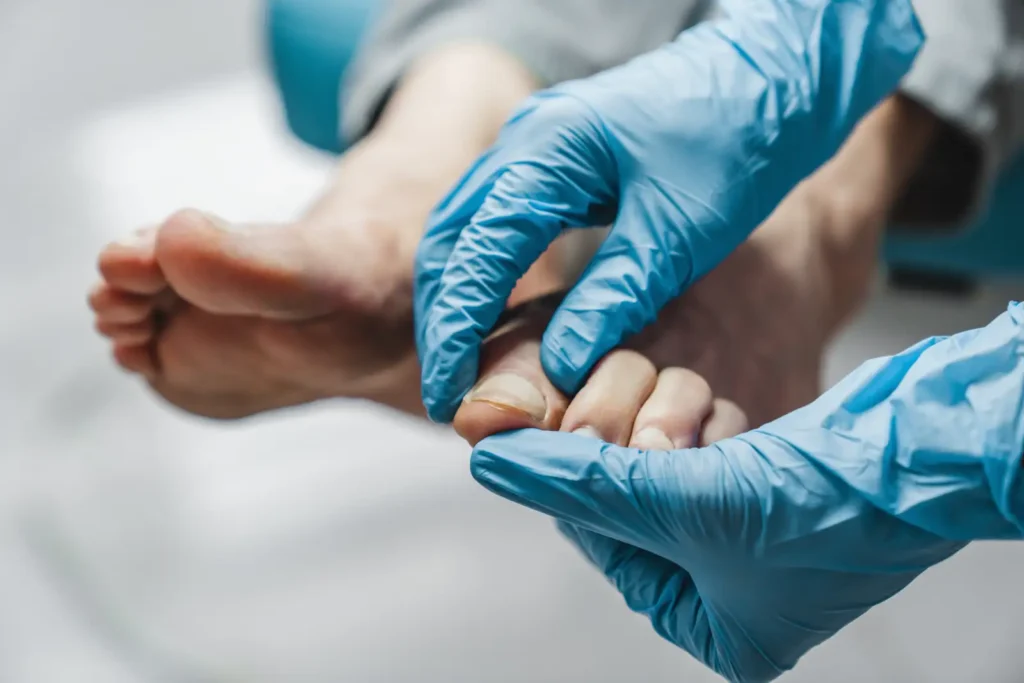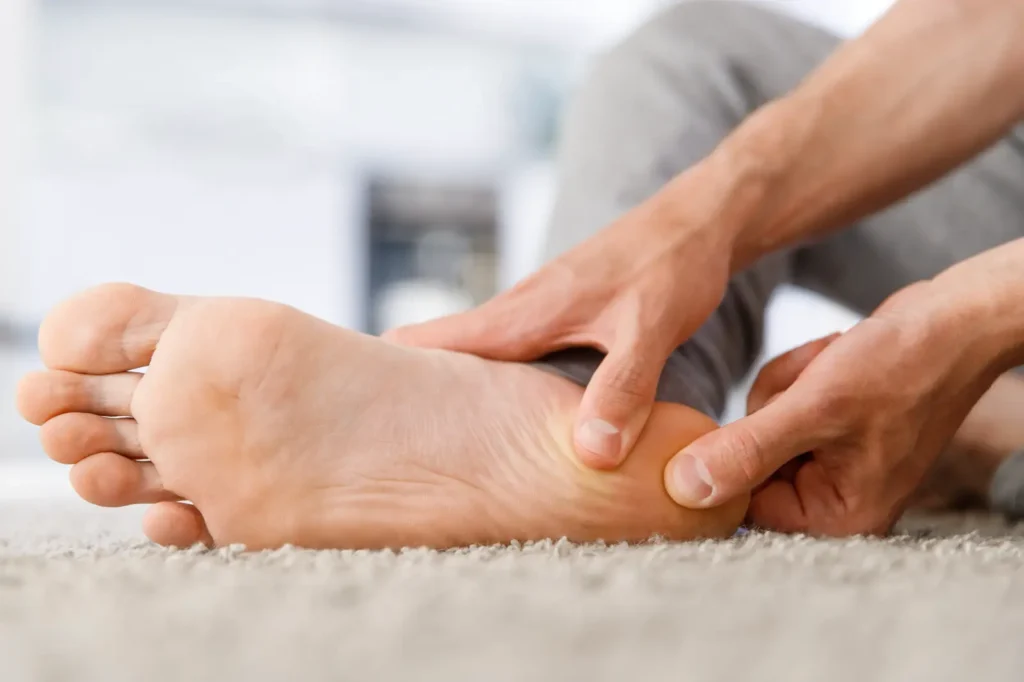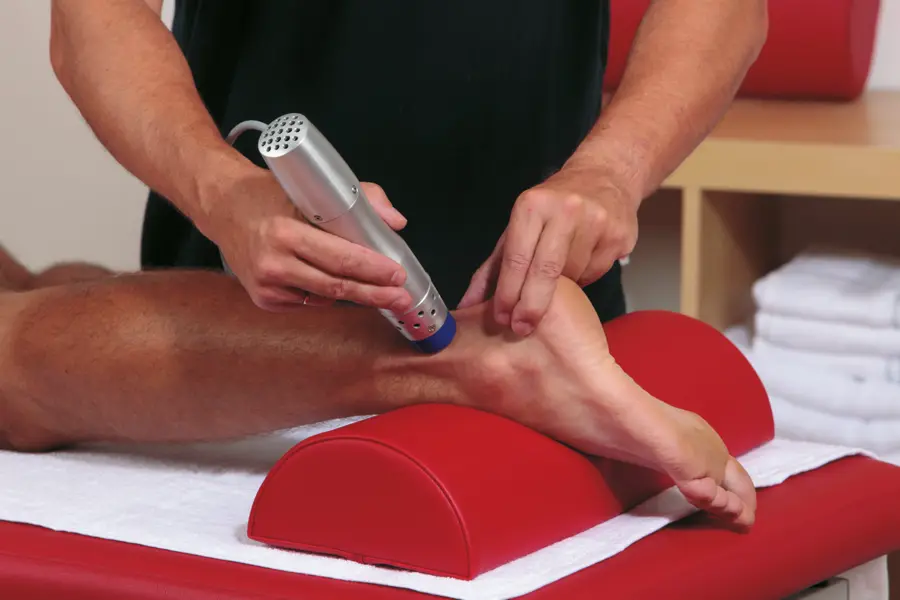Hammer Toe
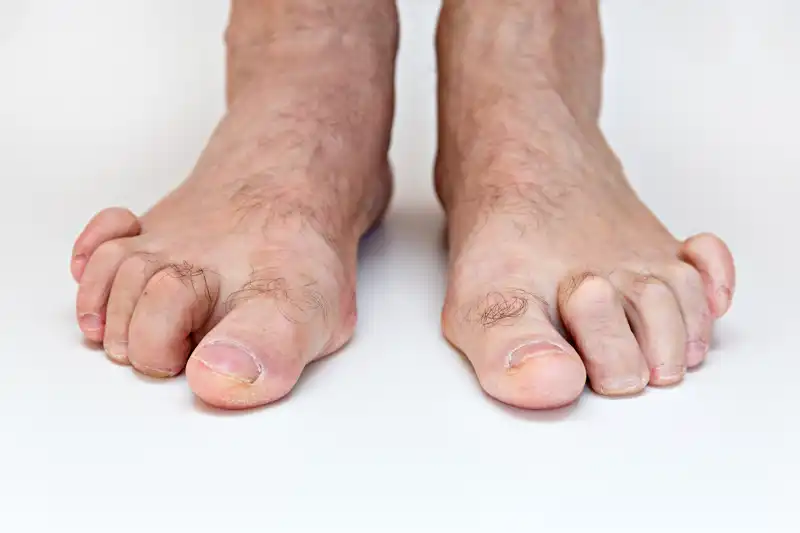
Experience expert care for hammer toe with Dr. Alan J. Rosen, located in New York City.
With the right treatment, hammertoe shouldn’t inhibit your ability to walk or exercise. An experienced podiatrist, Dr. Alan J. Rosen has been treating hammertoe in the Upper East Side neighborhood of New York City for many years. Dr. Rosen offers a range of customizable treatment plans and takes the time to determine what works best for you. Call his office or use the online booking feature to schedule your consultation today.
